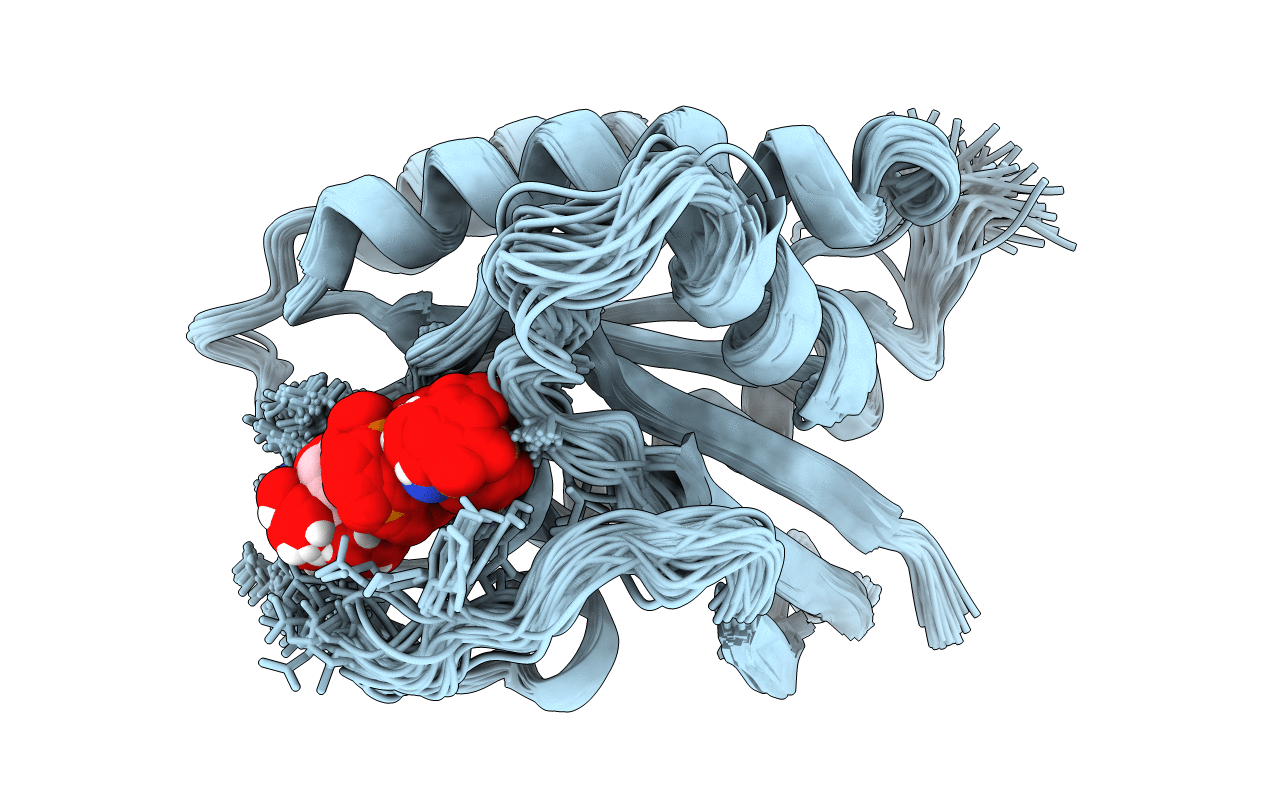
Deposition Date
2009-01-23
Release Date
2009-02-17
Last Version Date
2024-05-29
Entry Detail
PDB ID:
2KE5
Keywords:
Title:
Solution structure and dynamics of the small GTPase Ralb in its active conformation: significance for effector protein binding
Biological Source:
Source Organism:
Homo sapiens (Taxon ID: 9606)
Host Organism:
Method Details:
Experimental Method:
Conformers Calculated:
100
Conformers Submitted:
50
Selection Criteria:
structures with the lowest energy


